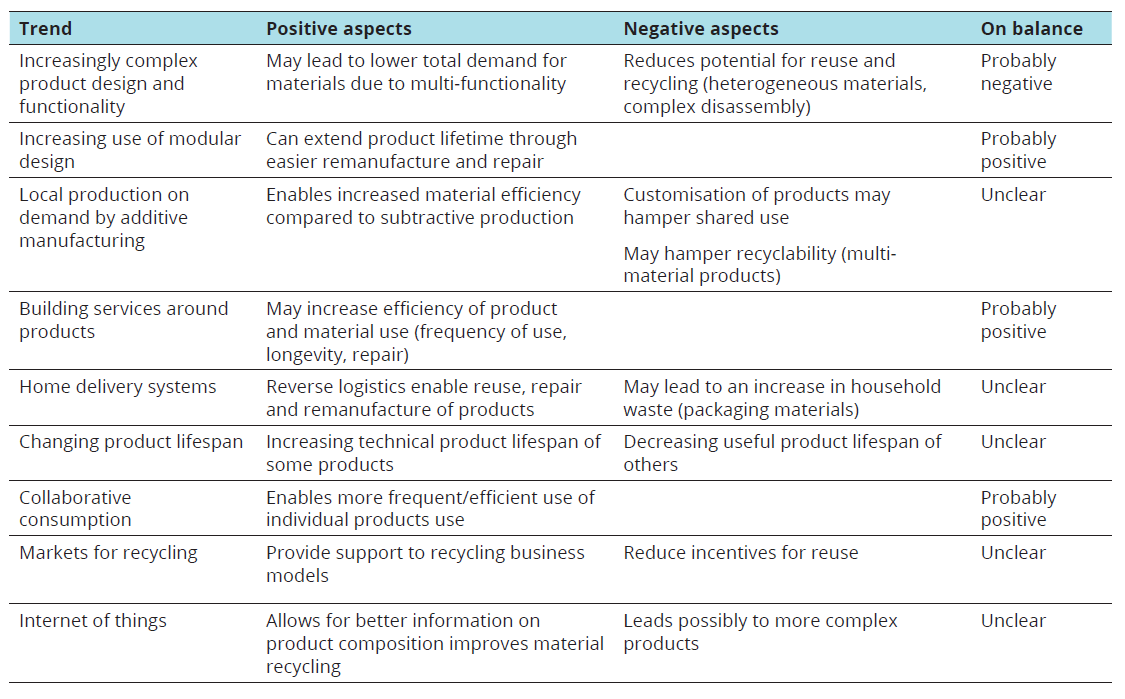Launched at the World Circular Economy Forum in Helsinki, the EEA report ‘Circular by design — products in the circular economy,’ looks specifically at what drives product design and how emerging production and consumption trends can enhance or hamper more circular — and more efficient material use.
Going ‘circular’
Currently, product design is based on the linear ‘make-use-dispose’ model of production, which is heavily dependent on relatively cheap and abundant raw materials and energy. This has led to growing environmental problems including increased waste, carbon emissions and loss of biodiversity.
The circular economy holds the promise of more efficient and sustainable material use. The value of materials and products should be kept as high as possible for as long as possible. This reduces the need for new materials and energy and can lead to lower carbon emissions. It also lowers the environmental pressures linked to the life-cycle of products — from the extraction of raw materials, through the energy used to produce the goods, and their use, to the product’s eventual disposal in waste dumps or incinerators.
In this context, resource efficiency and reducing waste by improving the ability to reuse, repair, or recycle products are key. The EEA report stresses that improving the ability to reuse and refurbish goods can offer significant environmental and economic benefits by encouraging, for example, innovations in the design of less environmentally harmful products and product-based services.
Key trends
Although the linear economy may be deeply entrenched, emerging production and consumption trends indicate that the role of products in society is changing, with potential benefits for circular material use. For example, new technologies, such as 3D printing, can reduce the number of materials used in a product and can be used to print spare parts, stimulating the repair of products. However, such developments can also be a barrier for recycling if the technology leads to complex mixtures of different materials being integrated into one product.
The report shows that the overall picture for the examined trends is rather unclear. Much will depend on governance and financial incentives to turn the most promising niche activities into mainstream economic models. The report also stresses that for such governance to be effective, better knowledge is needed about the links between products, their underlying business model and consumer behaviour.

Document Actions
Share with others